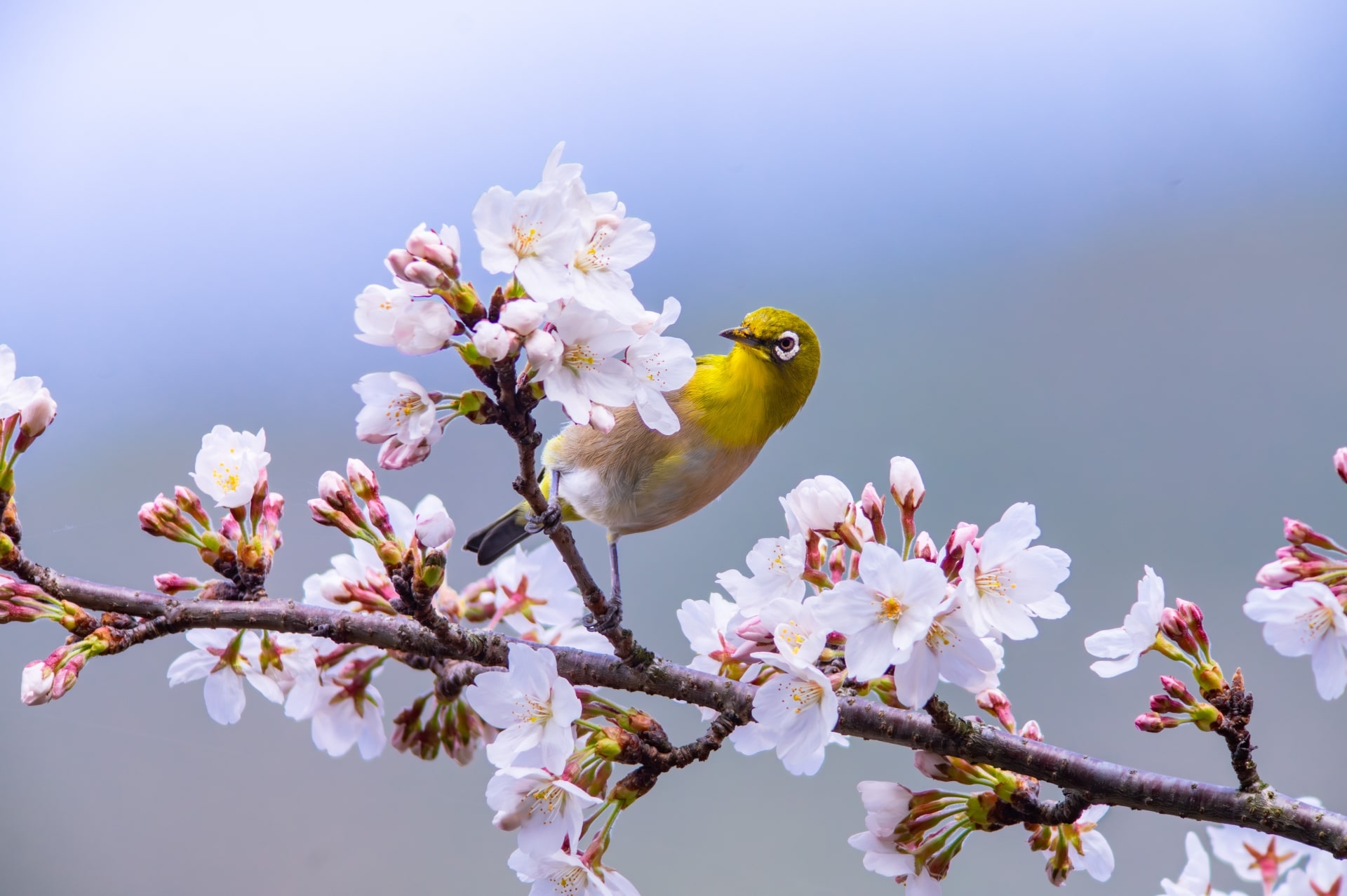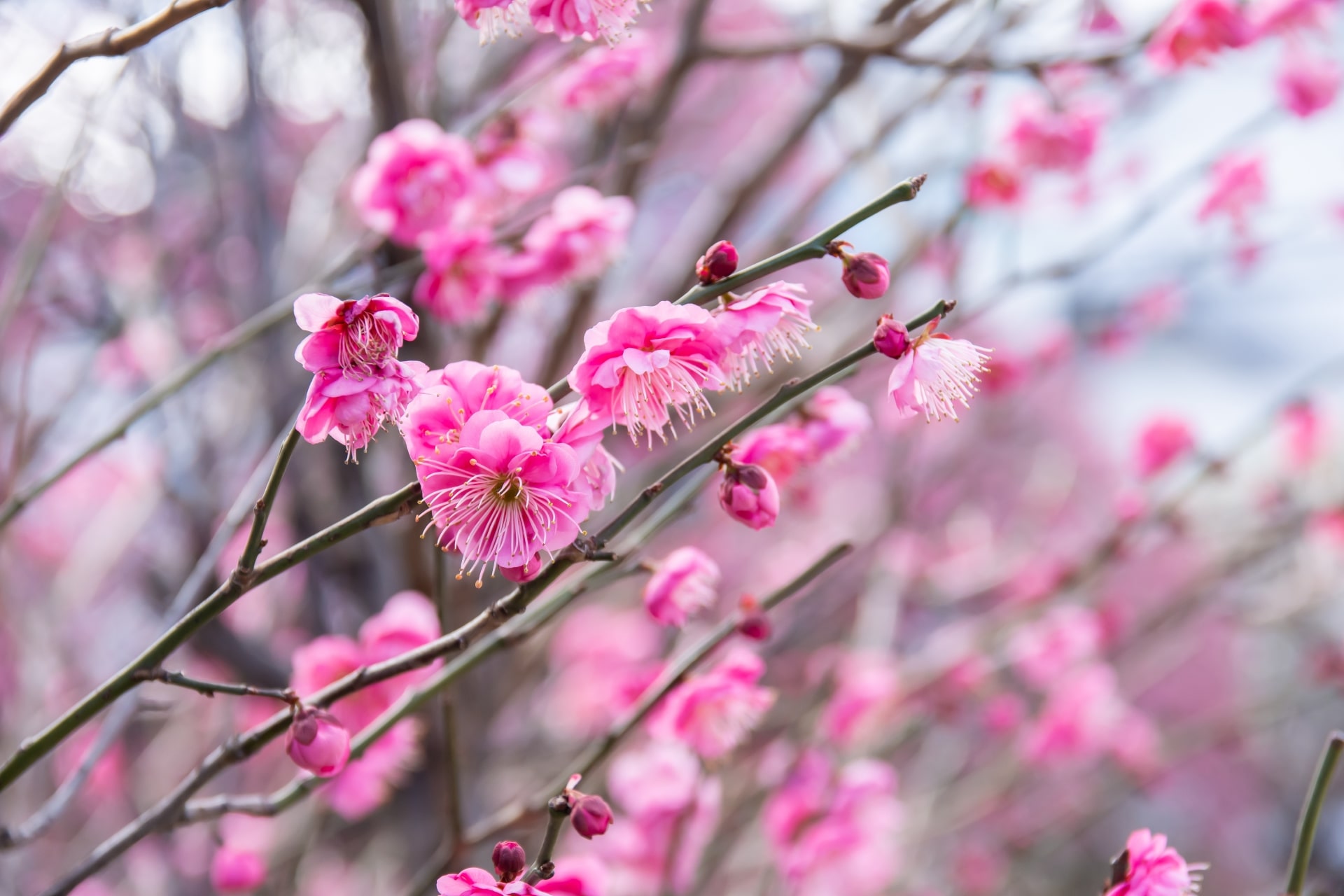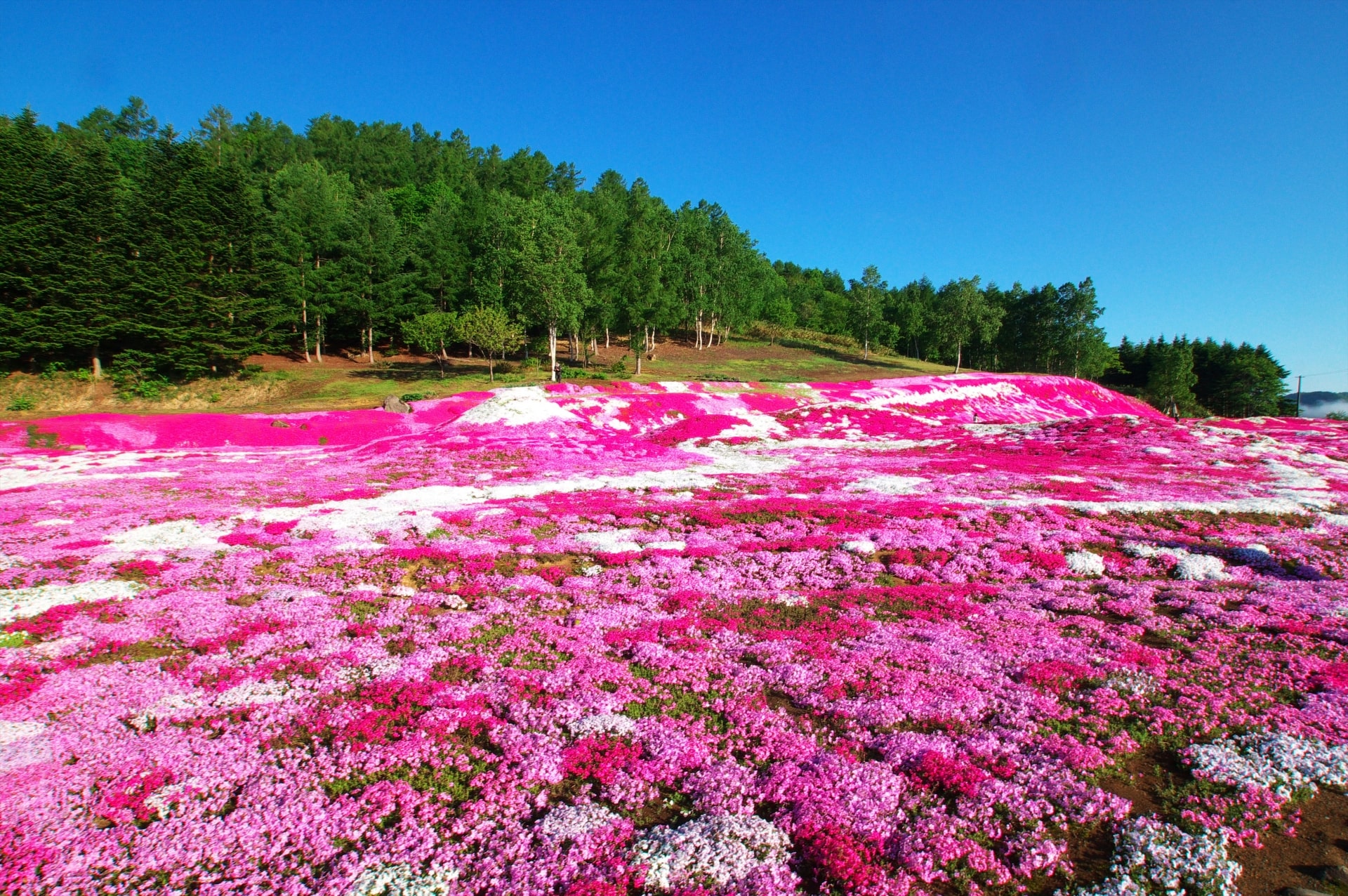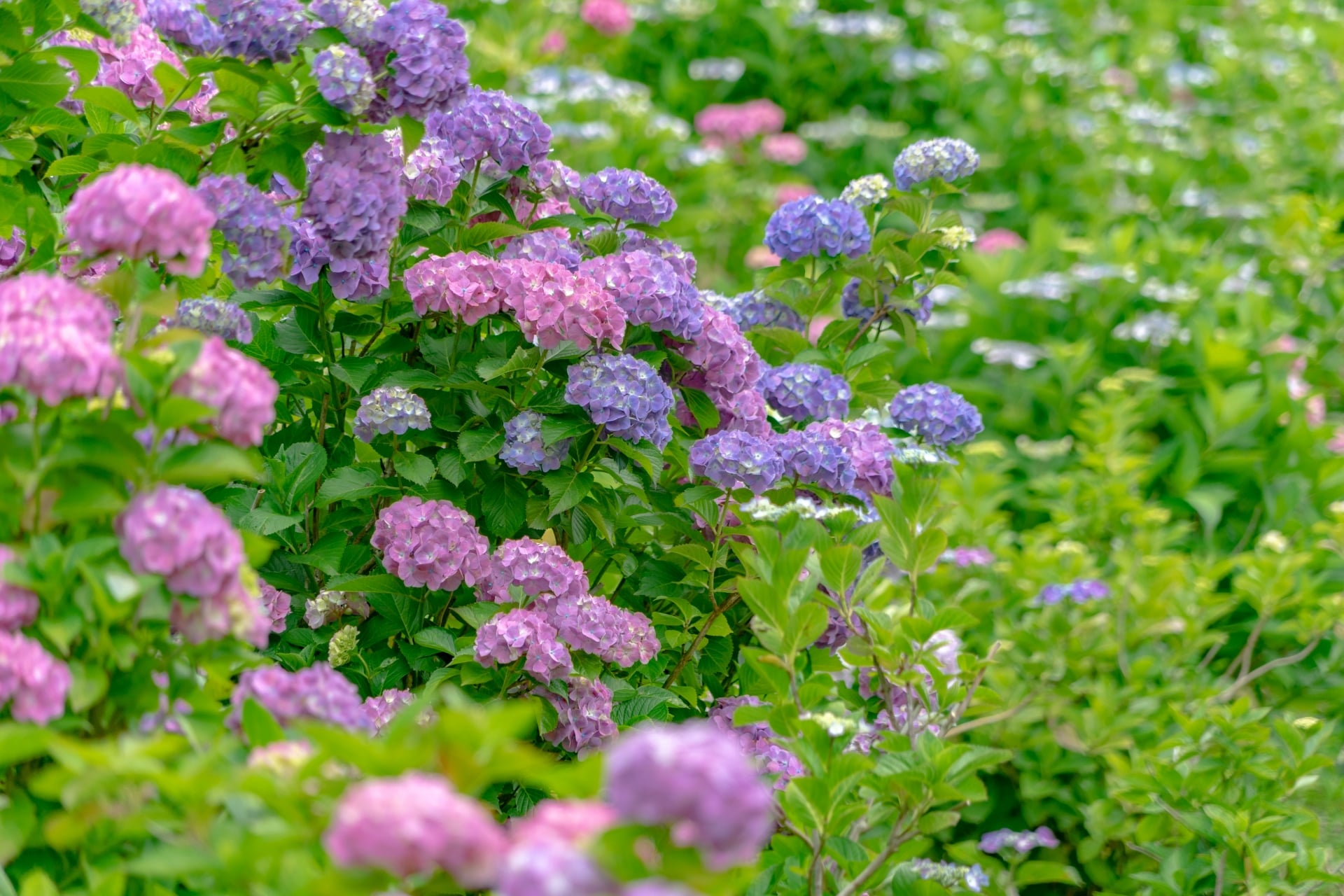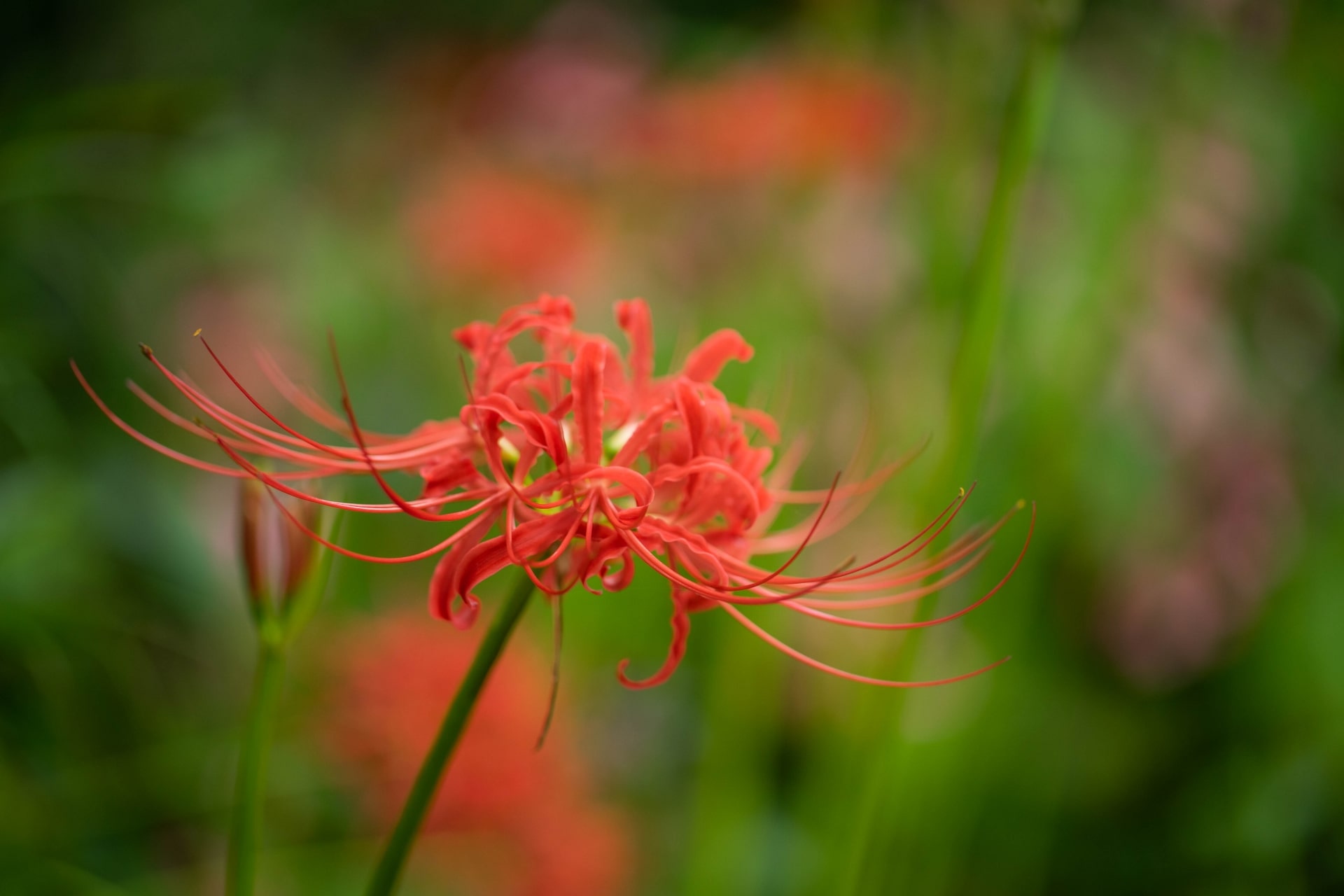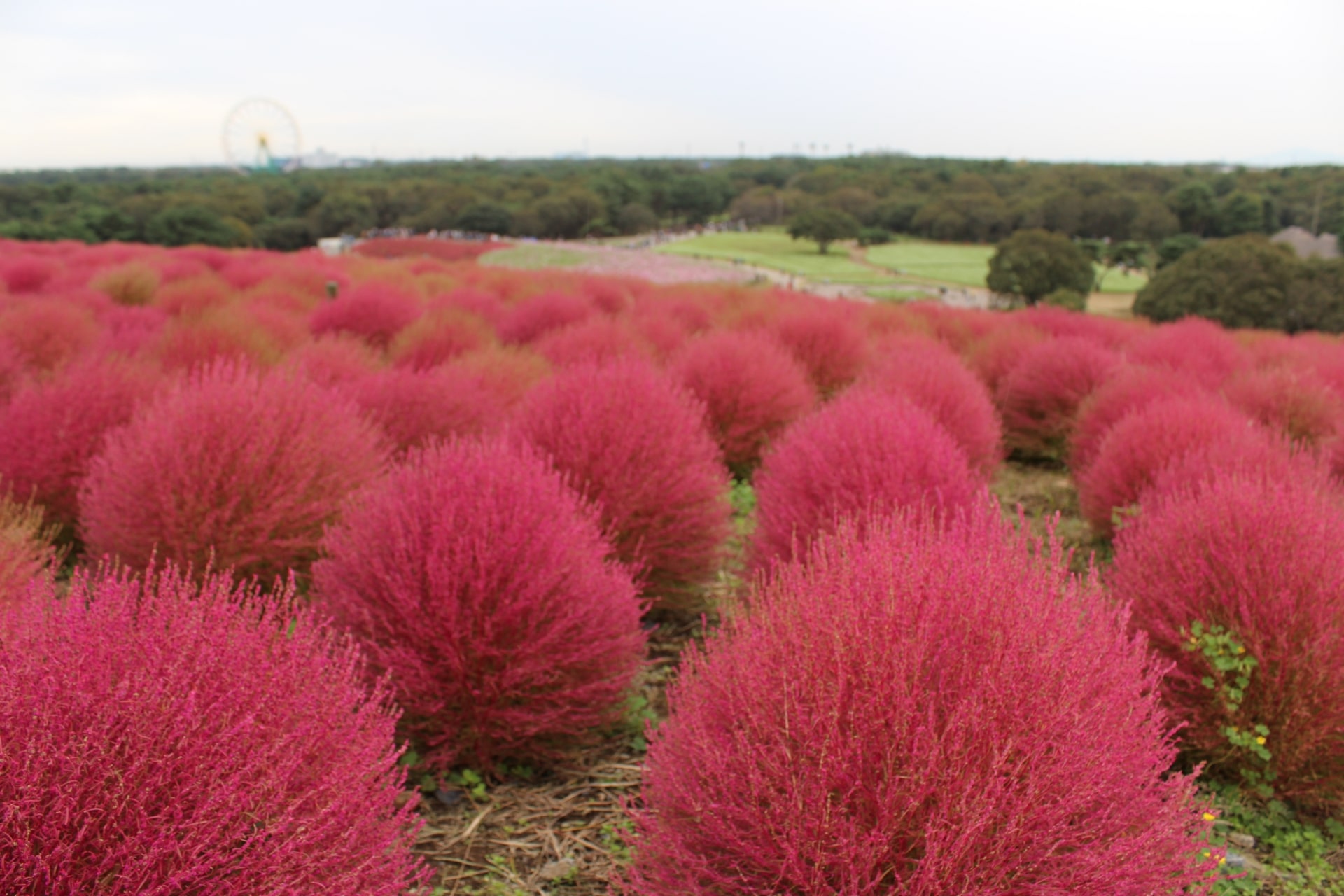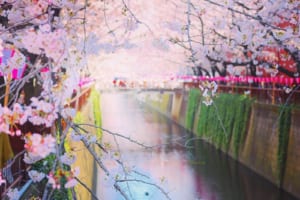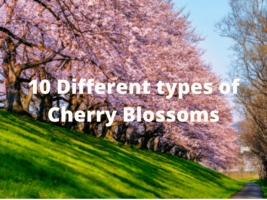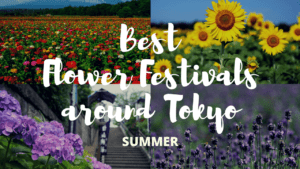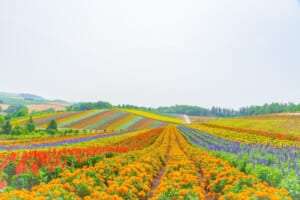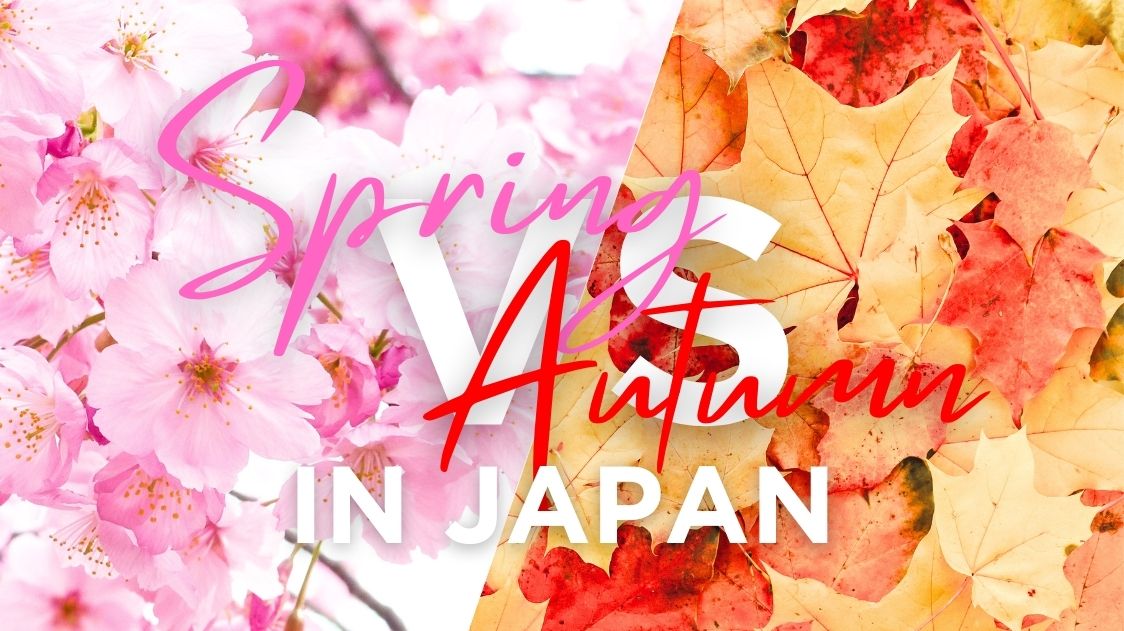Flowers in Japan
The Beauty of Japan Through its Flowers: The Best Seasonal Blooms
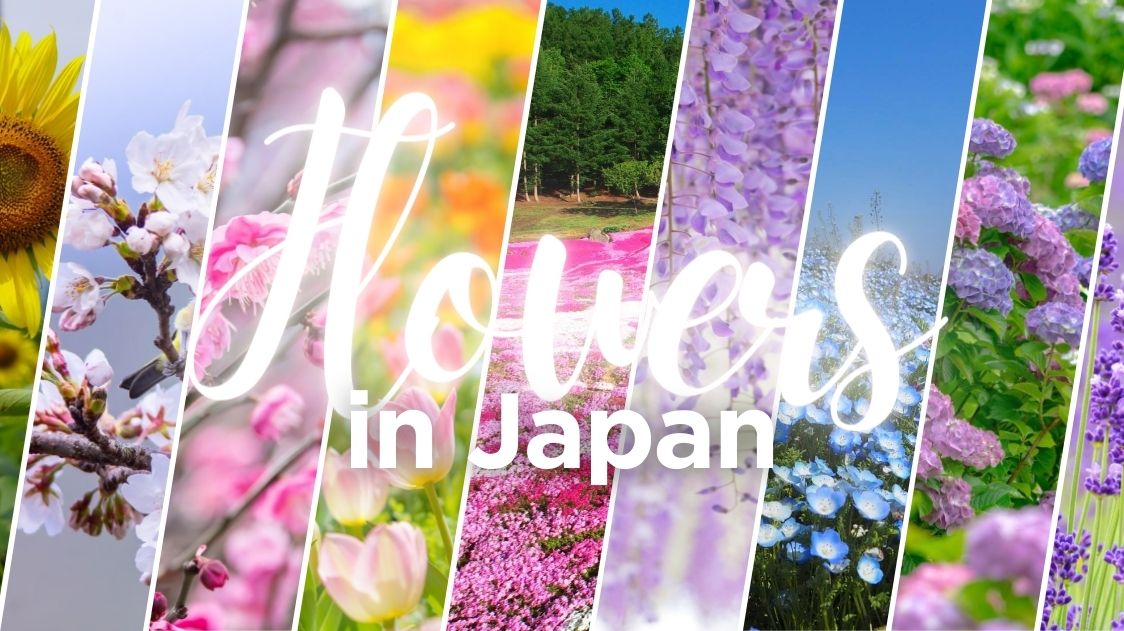
The beauty of seasonal flowers in Japan is a topic that deeply resonates with the country’s cultural ethos, reflecting life’s fleeting moments and the cyclical nature of renewal. The revered cherry blossoms may be the most famous abroad but they’re just one among many more cherished floral celebrations across the nation. The influence of these varied floral displays can be seen across Japan in its traditions and arts.
This way, each flower type holds a special significance and often become an important part of the local culture, as well as the local economy on many of the places where renowned blooming spots can be found. After all, we can’t deny the strong impact thousands or millions of visitors have in those places, where flowers are part of the main attraction.
And with good reason, many of these flowers are well worth a day trip to experience the joy of contemplation and aesthetical appreciation!
1. Cherry Blossoms
Cherry blossoms, or Sakura, are a symbol of Japan and a central element of spring celebrations. The tradition of Hanami, enjoying the transient beauty of flowers, dates back centuries. Cherry blossoms bloom brilliantly but fleetingly, symbolizing the ephemeral nature of life. With over 200 varieties, the cherry blossom season spans from early blooms in late winter to late-blooming types extending the spectacle into early summer.
Best time to see them:
The most popular and widespread variety is the Somei Yoshino cherry blossoms. Its blooming period is usually between late March to early April in most regions, extending to early May in colder areas like Hokkaido.
Early bloomers like Kanzakura and Kanhizakura kick off the cherry blossom season, with some starting as early as January. Kawazu Zakura is particularly noteworthy for its early and long-lasting blossoms, which can be enjoyed for about a month starting in early February.
For those who miss the peak season, late-blooming varieties like Yamazakura, Oyamazakura, and Ukonzakura offer a second chance to enjoy the cherry blossoms, typically blooming from mid-April to early May.
Where to see them:
The Somei Yoshino can be found all over the country. Some of the most famous spots include Tokyo, with its numerous festivals and parks like Shinjuku Gyoen and Ueno Park; the areas surrounding Mt. Fuji like Kawaguchi Lake or Chureito Pagoda; Osaka Castle in Osaka; Mount Yoshino in Nara or the Philosopher’s Path in Kyoto, among countless other places nationwide.
For early blooming varieties, some of the best spots are in Kawazu Town in Shizuoka, Miura City and Matsuda Town in Kanagawa.
Late blooming varieties can be found mostly in the northern regions, like Fort Goryokaku in Hakodate City in Hokkaido, or Hirosaki Castle in Aomori Prefecture. We can also find late varieties in Tokyo in Shinjuku Gyoen or Showa Memorial Park
More info: Cherry Blossom Forecast in Japan
10 Best Places to View Cherry Blossoms in Japan
Best Early Blooming Cherry Blossom Spots in Japan
Best Spots to See Late Blooming Cherry Blossoms in Japan
2. Plum Blossoms
Plum blossoms, known as Ume in Japan, herald the approach of spring with their early blooms from February to March. Less crowded than cherry blossom spots, plum gardens offer a serene and lengthy blooming period, making them a splendid alternative for flower enthusiasts seeking tranquility and beauty.
Best time to see them: Plum blossoms bloom from February to March, providing a longer viewing period than cherry blossoms.
Where to see them: Notable spots include Kairakuen Garden in Mito, known for its impressive collection of over 3,000 plum trees, and Hanamiyama Park in Fukushima, where the blossoms paint the mountainside. Other significant locations include Yushima Tenmangu in Tokyo and Inabe Plum Grove in Mie Prefecture.
More info: Plum Blossoms in Japan: Best Places to See
3. Tulip
Tulips in Japan offer a colorful interlude in spring, capturing hearts at the Sakura Tulip Festa in Chiba. This largest tulip festival near Tokyo showcases around 700,000 tulips in 100 varieties. The scene is enhanced by a Dutch-style windmill, creating a picturesque setting for leisurely walks and photo opportunities.
Best time to see them: The festival runs from early to late April, offering a splendid display of tulips in full bloom.
Where to see them: Sakura Oldness & Open Space in Sakura City, Chiba Prefecture, is the main venue. Easily accessible from Tokyo, it provides a delightful escape with additional attractions like traditional Dutch costume rentals and boat cruising on Lake Inba.
More info: Sakura Tulip Festa
4. Shibazakura
Shibazakura, or moss phlox, transforms landscapes into vibrant carpets of pink, white, and purple, creating an ethereal beauty that complements the tail end of cherry blossom season. This ground-hugging bloom offers a different yet equally mesmerizing floral experience, with several spots around Tokyo becoming must-visit destinations during its peak season.
Best time to see them: The best viewing time for Shibazakura is from mid-April to late May, with the peak usually in early to mid-May.
Where to see them: Key locations include the Fuji Shibazakura Festival in Yamanashi, with the majestic Mt. Fuji as a backdrop, Hitsujiyama Park in Saitama for its colorful tapestry of blooms, and Tokyo German Village in Chiba, offering a unique Shibazakura experience with a German twist.
More info: Best Places to See Shibazakura around Tokyo
7 Best Shibazakura Festivals in Japan
5. Wisteria
Wisteria blooms captivate with their cascades of purple, pink, and white, succeeding cherry blossoms in heralding spring. These flowers, deeply embedded in Japanese culture, symbolize grace and the transient nature of life. Japan’s ancient temples, parks, and gardens become wonderlands under the enchanting canopies of wisteria, often accompanied by illuminations, making them a must-visit for floral enthusiasts.
Best time to see them: The prime viewing time for wisteria is from late April to early May, with some locations offering stunning night illuminations.
Where to see them: Noteworthy spots include Ashikaga Flower Park in Tochigi, known for its vast and aged wisteria trees, and Kameido Tenjin Shrine in Tokyo, where wisteria drapes over a scenic pond. Kawachi Wisteria Garden in Fukuoka and Tennogawa Park in Aichi are also celebrated for their extensive wisteria tunnels and trellises.
More info: 10 Best Places to See Wisteria in Japan
6. Nemophila
Nemophila, or “baby blue eyes,” create dream-like blue vistas across Japan’s parks and hillsides, symbolizing clear skies. These delicate blooms form a sea of blue, often merging with the sky above, providing a tranquil and refreshing sight in contrast to the vibrant hues of other spring flowers.
Best time to see them: The peak season for Nemophila is from mid-April to early May, coinciding with the lush spring bloom.
Where to see them: Hitachi Seaside Park in Ibaraki is renowned for its Nemophila Harmony event, where millions of these flowers cover the Miharashi Hills. Other significant sites include Nagai Uminote Park Soleil Hill in Kanagawa and Yamanakako Hanano Miyako Park in Yamanashi, offering picturesque settings with Mount Fuji in the backdrop.
More info: 10 Best Places to See Nemophila in Japan
7. Hydrangea
Hydrangeas, known as ajisai in Japanese, mark the onset of summer with their vibrant clusters of white, blue, violet, and pink flowers. These blooms thrive in the rainy season, transforming gardens and temples into picturesque landscapes. The color variation of hydrangeas is influenced by the soil’s pH level, adding a unique aspect to their cultivation and enjoyment.
Best time to see them: The prime viewing period for hydrangeas is from early to mid-June, aligning with Japan’s rainy season.
Where to see them: Notable locations include the Bunkyo Hydrangea Festival at Hakusan Shrine in Tokyo, Showa Memorial Park with its Ajisai Road, and the historical city of Kamakura, where temples like Meigetsu-in and Hasedera offer stunning views against cultural backdrops.
More info: Best Places to See Hydrangea in Japan
Best Spots for Hydrangeas Viewing in Tokyo
8. Lavender
Lavender fields in Japan, a less celebrated yet enchanting sight compared to cherry blossoms, offer a soothing fragrance and soft purple color that captivate visitors. These fields are spread across various locations, with each offering unique views and experiences of lavender’s beauty.
Best time to see them: The lavender bloom season starts from late June to early August, with the peak usually in July.
Where to see them: Farm Tomita in Furano, Hokkaido, is the most renowned, featuring various lavender fields and other flowers. Other notable spots include Hinode Park and Kanno Farm in Furano for picturesque lavender views, Tambara Lavender Park in Gunma, and Sennen no Sono in Saitama, which hosts a lavender festival in June.
More info: Best Places to See Lavender in Japan
9. Sunflower
Sunflowers, symbolizing the warmth and energy of summer, create vibrant landscapes across Japan. These golden fields become a popular attraction, hosting festivals and providing perfect photo opportunities for flower enthusiasts.
Best time to see them: Mid-July to mid-August is the prime season for sunflowers in most parts of Japan, with some areas blooming into September.
Where to see them: Hokuryu Sunflower Village in Hokkaido is Japan’s largest sunflower field, showcasing around 1.5 million sunflowers. Other notable locations include the Hill of Palette in Hokkaido with its late-season bloom, Sakura Sunflower Garden in Chiba near Tokyo, and Kiyose Sunflower Festival in Tokyo’s suburbs. For a view combined with Mt. Fuji, Yamanakako Hanano Miyako Park in Yamanashi is unmatched.
More info: 7 Best Sunflower Fields in Japan
10. Spider Lily
Spider lilies, known for their striking red flowers, signal the transition from summer to autumn. These unique blossoms create an ethereal atmosphere, often found in and around historic sites and riversides.
Best time to see them: Late September to early October, coinciding with the autumn equinox.
Where to see them: Kinchakuda Manjushage Park in Saitama is renowned for its vast fields of spider lilies, attracting visitors with its stunning red carpet of flowers. The area around the Tama River in Tokyo also offers picturesque spots for viewing these distinctive blooms.
More info: 10 Beautiful Spots to See Spider Lilies (Higanbana) near Tokyo
11. Kochia
Kochia, with its bushy, bright green summer foliage, transforms into a fiery red landscape in autumn. This dramatic change draws visitors to see the hillsides ablaze with color.
Best time to see them: Late September to mid-October for the red foliage.
Where to see them: Hitachi Seaside Park in Ibaraki is the most famous spot for kochia, especially during the Kochia Carnival when the hills turn a vibrant red. The park also features a variety of other flowers, making it a popular destination throughout the year.
More info: Kochia Carnival at Hitachi Seaside Park in Autumn
12. Rose
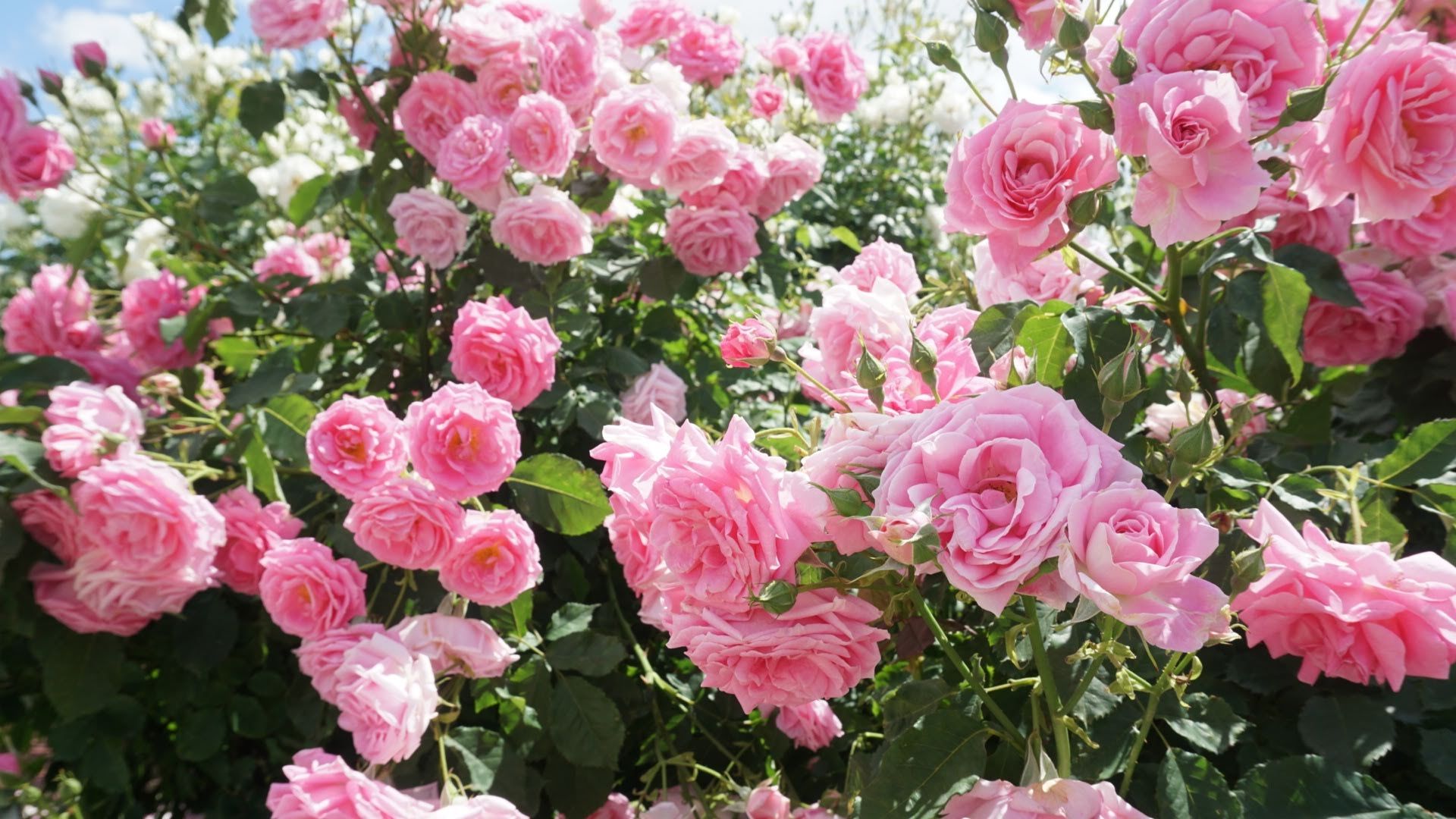
Best time to see them: Generally around early May to early June to see them in full bloom.
Where to see them: The best spot in Tokyo is the annual rose festival at Shiki-no-kaori Rose Garden. The Keisei Rose Garden in Chiba Prefecture is known for its vast collection of 10,000 roses, and the Yokohama English Garden is another notable spot with more than 2,200 varieties of roses from spring to autumn.
More info: Best Places to See Roses in Japan
▽Subscribe to our free news magazine!▽
For more information about seasonal attractions and traveling in Japan, check these articles below, too!
▽Related Articles▽
▼Editor’s Picks▼
Written by
Photographer, journalist, and avid urban cyclist, making sense of Japan since 2017. I was born in Caracas and lived for 14 years in Barcelona before moving to Tokyo. Currently working towards my goal of visiting every prefecture in Japan, I hope to share with readers the everlasting joy of discovery and the neverending urge to keep exploring.





